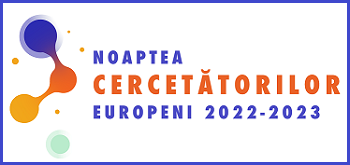| Articolul precedent |
| Articolul urmator |
 |
 294 294 0 0 |
 SM ISO690:2012 SM ISO690:2012IOVU, Elisaveta. The Stranger 's character in Eliade's work. positive and negative imagotypes of the other. In: Literature, Discourses and the Power of Multicultural Dialogue: Literature, Ed. 8, 7-8 decembrie 2020, Tîrgu Mureş. Tîrgu Mureș, România: The Alpha Institute for Multicultural Studies, 2020, Ediția a 8-a, Lite., pp. 149-157. ISBN 978-606-93590-3-7. |
| EXPORT metadate: Google Scholar Crossref CERIF DataCite Dublin Core |
| Literature, Discourses and the Power of Multicultural Dialogue Ediția a 8-a, Lite., 2020 |
||||||
|
Conferința "Literature, Discourses and the Power of Multicultural Dialogue" 8, Tîrgu Mureş, Romania, 7-8 decembrie 2020 | ||||||
|
||||||
| Pag. 149-157 | ||||||
|
||||||
| Rezumat | ||||||
In this article we propose an imagology of the oriental people in the creation of Mircea Eliade. The Oriental takes on the dimensions of a stranger, of alien, of another. The alien is the object of study of imagology, a new discipline that has recently appeared in the humanities. Mircea Eliade's work is relevant in the sense of discovering this character with both positive and negative imagotypes. The other is represented by all the nations, met by the author in his great journey. Foreigner is the indian with all his community variations: bhutanese, sikhs, bengalis, sinhalese, sandals. The romanian author notes about communities of people from India, especially in Calcutta: indigenous indians (traditionalists) and the eurasian community (bovaric, obedient). |
||||||
| Cuvinte-cheie The Stranger, alterity, identity, the Other, The Orient, anglo-indian |
||||||
|












